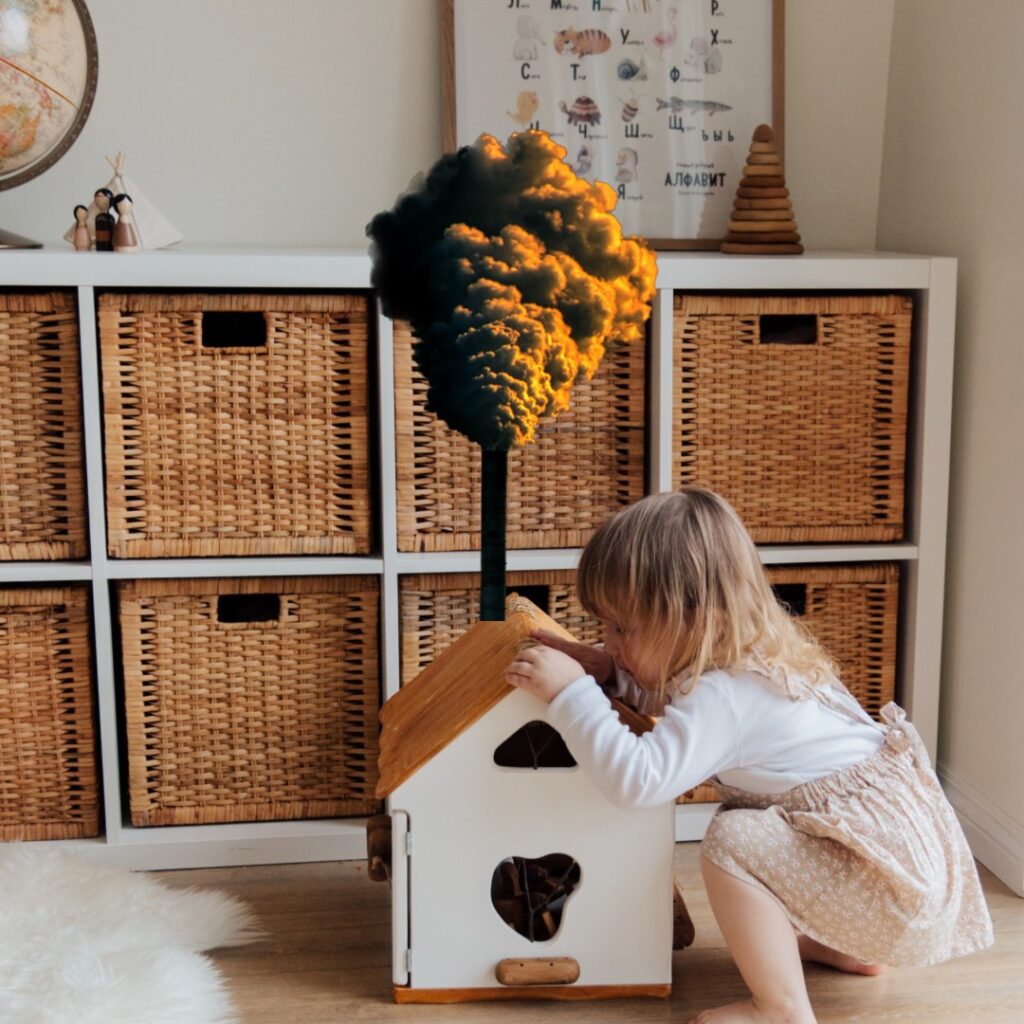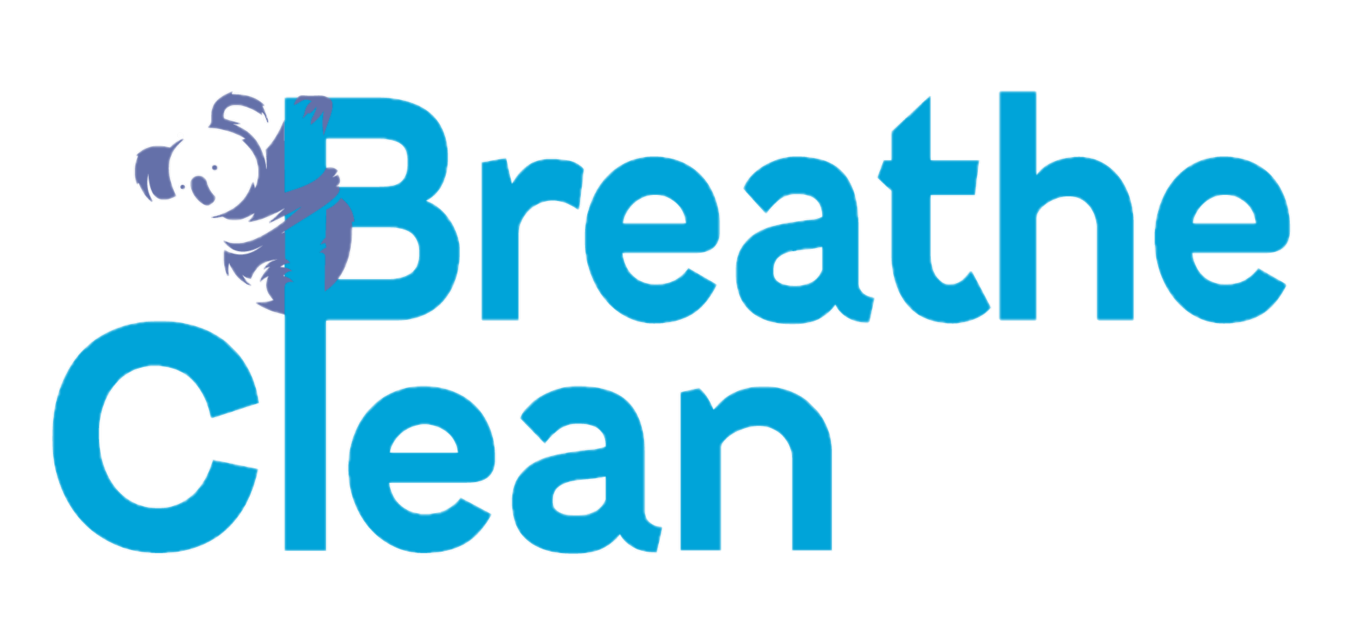
Welcome to a journey towards embracing nontoxic living! In our quest for healthier and safer homes, understanding the significance of household chemicals plays a vital role. Each day, we come into contact with a multitude of products and substances, some of which may contain harmful chemicals that can adversely impact our well-being. We need to have greater perspective on what we bring into our homes. If we do this, we can keep ourselves safe from materials, solvents, and other aspects of everyday life that are sure to harm us and/or our families! Let’s take proactive steps toward creating a safer and more sustainable living environment for ourselves and our loved ones.
Sources
- Flame Retardants: Flame retardants are in furniture, electronics, and household items. They slow down the spread of fires, but some of them cause hormone disruption and cancer. Opting for products without flame retardants or those made with natural alternatives can significantly reduce our exposure to these harmful chemicals.
- PFAs: Per- and poly-fluoroalkyl substances (PFAS), sometimes referred to as highly fluorinated chemicals or PFCs, are used in many consumer products and industrial applications because of their oil-, stain-, and water-repellent properties. Examples of chemicals in this class include PFOA, PFOS, and more than 10,000 related compounds.
- Antimicrobials: Antimicrobial compounds are often found in soaps, detergents, and cleaning products, marketed for their germ-fighting capabilities. However, their long-term use has raised concerns about antibiotic resistance and harmful effects on the environment. Embracing traditional cleaning methods, like vinegar and baking soda, can be equally effective without contributing to chemical pollution.
- Plasticizers: Plasticizers are additives that increase the flexibility and durability of plastics. Bisphenols and phthalates are the most common and can cause disruptions in hormone function and reproductive health. To minimize exposure, opt for products made from phthalate-free plastics or alternatives like glass or stainless steel.
- Solvents: Solvents are chemicals that are used to dissolve or disperse other substances. They are prevalent in cleaning agents, paints, and adhesives. Some solvents can cause respiratory issues and contribute to air pollution. Selecting water-based or low-VOC (volatile organic compound) alternatives can significantly reduce the harmful impact of these chemicals.
- Heavy Metals: Mercury, arsenic, cadmium, and lead are elements that occur naturally in the earth’s crust. Mining and smelting, fossil fuel combustion, industrial processes, and the use and disposal of products containing them have led to widespread environmental contamination and human exposure, and health harm.
What To Do About These Concerning Chemicals?
Now, you might wonder, “How can I transition to a nontoxic lifestyle without breaking the bank?” Rest assured, embracing nontoxic living doesn’t mean having to splurge on pricey alternatives. Simple, budget-friendly changes can make a remarkable difference:
- DIY Cleaning Solutions: Create your own cleaning solutions using safe, natural ingredients like vinegar, lemon, baking soda, and essential oils. They are not only effective but also eco-friendly and economical.
- Choose Natural Fabrics: Opt for clothing and linens made from organic cotton, hemp, or bamboo. These natural fibers are not only gentler on your skin but also free from harmful chemicals.
- Read Labels: Before purchasing any household product, be it cleaning supplies or furniture, take a moment to read the labels. Look for products labeled as “non-toxic,” “eco-friendly,” or “organic.”
- Proper Ventilation: Ensure good ventilation in your home by opening windows and using exhaust fans when cooking or using cleaning products. This can help reduce indoor air pollution.
- Reduce, Reuse, Recycle: Embrace the three R’s to minimize waste and the use of unnecessary chemicals. Opt for reusable containers, recycle responsibly, and avoid single-use plastic items.
It’s That Simple!
Take these simple yet effective steps and you can gradually transition to a nontoxic lifestyle, safeguarding your health and the environment. Remember, small changes can lead to significant impacts in the long run. Let’s embark on this journey together and create a healthier, happier home for ourselves and future generations. Together, we can make a positive difference—one chemical-free choice at a time!
For more information about the Six Classes and ways to mitigate their effects, check out their website!
Also, if you’re not sure if your air quality is safe as a result of these factors or others, call Breathe Clean at (302)304-1888 or click the button below!
